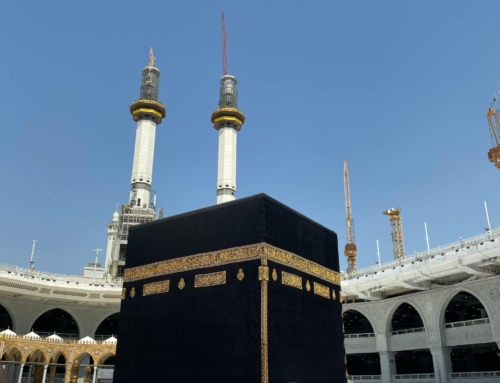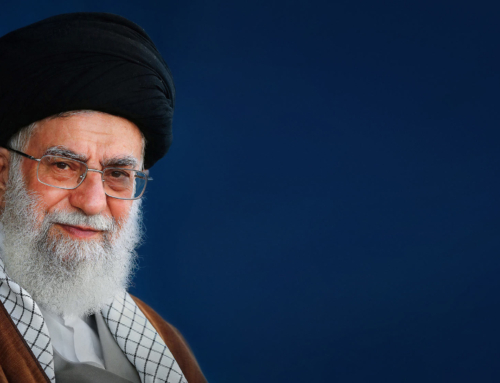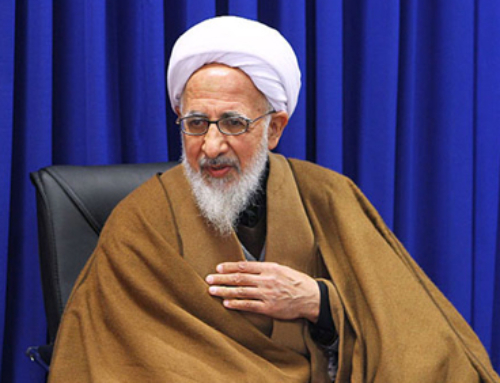Introduction
All praise be to Allah and peace and blessings be upon the Prophet and his Purified Household, and may the curse be upon their enemies for eternity.
The question of migrating from one country to another is one that is both important and one that has jurisprudential implications upon the migrant. Migrating, in the Islamic sense, must be done within the boundaries of Islamic Laws, and while there is no objection in one migrating from one place to another, another suburb, another city, another country in itself, the aftereffects of such a migration must be considered. If these effects are detrimental to ones Islamic practices, this migration then becomes a forbidden one.
The concept of migration is not just a geographical one, a concept that will be explained. So this discussion is not only intended for those who wish to travel from Islamic countries to non-Islamic countries – but can also apply to those who wish to do the opposite, or to stay with in either.
There are implications for the first generation that wishes to migrate, as well as second and ongoing generations of migrants. Then there are those Muslims born in a particular place, or are natural citizens of a country, reverts for example – So the question arises; when would there be an obligation to migrate – in any sense of the word?
And what role has the first-generation migrant played in the religion of the generations that follow?
These issues will be touched upon in this brief and limited document.
Syed Sistani’s first chapter in his book A Code of Practice For Muslims in the West starts with the following comments:
A Muslim who is born and raised in a Muslim country where he consciously and subconsciously absorbs the laws, values and teachings of Islam, grows up into a young person who is aware of the customs of his religion, following its path and is led by its guidance.
On the other hand, a Muslim who is born, and brought up in a non-Muslim country demonstrates the influence of that environment very clearly in his thoughts, ideas, behaviour, values, and etiquette unless his Lord helps him. This un-Islamic influence is seen more in the second generation of those who have migrated to non-Muslim countries.[1]
The second paragraph can apply to Muslims born in non-Islamic countries as well as reverts who have always lived in such countries and have since embraced Islam.
There are two words that need to be clarified and explained in order to best understand the concept of migration in Islam and before proceeding to the implications of what our religion has to say on the issue. These words are Migration, and Taa’rub, and will be discussed in the next article(s).
[1] Syed Sistani: A Code Of Practice For Muslims in the West.




